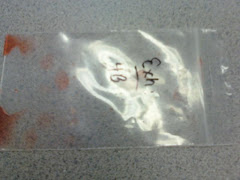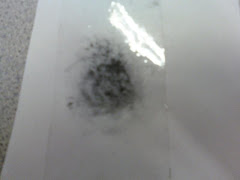The Jews were the first to notice the differences in people’s handwriting. This recognition was codified in the Jewish Mishnah in the first and second centuries. This individuality has led to the making of a pseudoscience called graphology. In graphology, you are able to derive someone’s personality from their handwriting. “Grapghological methods have little if any experimental foundation, but the work of the questioned-document examiner is established on sound principles: it relies on empirical principles, is self-correcting, and is self-policing (involving peer review and other policing mechanisms)”-British expert William R. Harrison. The first time handwriting was crucial to a widely famous case was during the Dreyfus affair of 1894-1895. A French army officer, Alfred Dreyfus, was arrested, tried and convicted of spying on the basis of a forged letter that indicated his treason in giving important military secrets to Germany. Sadly, the great criminalist, Alphonse Bertillon, whose testimony was needed to secure Dreyfus’s conviction, lacked enterprise in the field of handwriting comparison. He then tried to apply principles from his own science of anthropometry. After only twelve years of controversy, Dreyfus was declared innocent and freed from prison. In American history, the first use of handwriting analysis was in the Lindenbergh kidnapping case. The ransom letters by Bruno Richard Hauptmann contained the same mistakes and writing style he used normally; this gave him away with the support of other evidence.
This information has been derived from:
http://books.google.com/books?id=QEpgv0X6BVQC&pg=PA168&lpg=PA168&dq=history+of+handwriting+with+crime&source=bl&ots=yt9U1mRLFd&sig=tqKzxX9imxSOvxJ29OoqMruQ6nk&hl=en&ei=4rGaSvy1NI6e8QbP4dy3BQ&sa=X&oi=book_result&ct=result&resnum=1#v=onepage&q=history%20of%20handwriting%20with%20crime&f=false
This information has been derived from:
http://books.google.com/books?id=QEpgv0X6BVQC&pg=PA168&lpg=PA168&dq=history+of+handwriting+with+crime&source=bl&ots=yt9U1mRLFd&sig=tqKzxX9imxSOvxJ29OoqMruQ6nk&hl=en&ei=4rGaSvy1NI6e8QbP4dy3BQ&sa=X&oi=book_result&ct=result&resnum=1#v=onepage&q=history%20of%20handwriting%20with%20crime&f=false










No comments:
Post a Comment